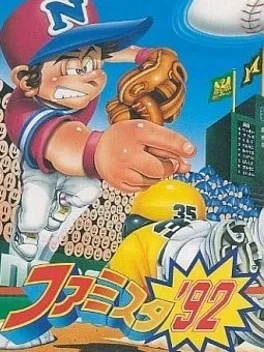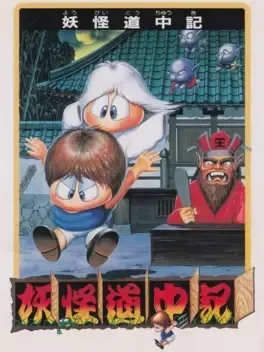Popular games published by company Namcot
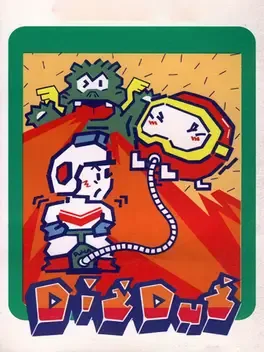
The Famicom port of Dig Dug. It was originally only released in Japan, being first released overseas via the Wii Virtual Console.

Revived by his girlfriend's grief and a flash of lightning, Rick must chase down the Pumpkin king and save his beloved Jennifer once and for all! A parody of the bloody horror beat-'em-up Splatterhouse, Wanpaku Graffiti assumes a much cuter appearance but retains the same fast-paced action of the original.

Digital Devil Story: Megami Tensei is the first game of the Megami Tensei series of role-playing video games. It is based on the novel Digital Devil Story by Aya Nishitani. Although Atlus has published a majority of the series, the first two games were created by Atlus but published by Namco (known as Namcot at the time), after it bought the video game rights to the Japanese horror novel series by Aya Nishitani, the first named Digital Devil Story. This game is a role-playing video game that features extensive dungeon crawling and focuses heavily on demons, which have gone on to become a trademark of the series.
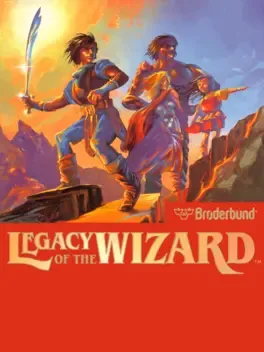
Play as five members of a family that set out to kill a dragon hidden within a giant maze.
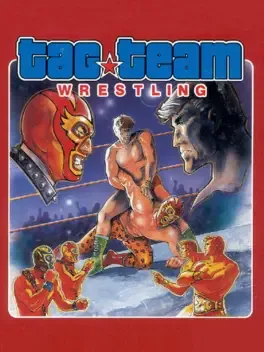
You are challenged to match the awesome skills of your opponents...to gain the Title in the World Super Championships of TAG TEAM WRESTLING Teamwork and stamina are the keys, as you and your partner battle your way through the Title Matches on your quest for the Belt. Attack your opponents with Body Slams, Drop Kicks, Backbreakers, Flying Head Butts, or even throwing them out of the ring! To win, its a pin for a count of three. Nothing can match the super excitement as the crowd cheers over this mania on the mat. Prepare yourself for Tag Team Wrestling!
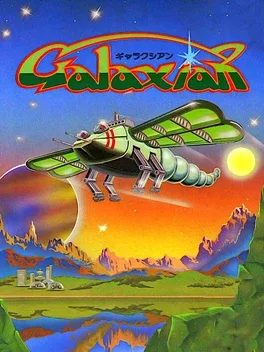
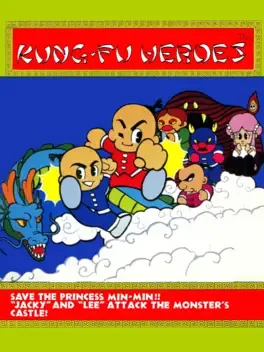
The NES port of the Arcade game Chinese Hero.
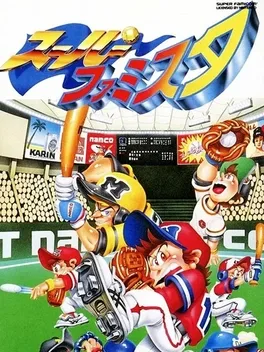

Namcot Classic is a golf game developed by Namcot and published for the Famicom in 1988. The game features Round Play, which you can use to practice the course in the game or compete with friends, or Tournament mode, where you play against a computer opponent in an effort to win a large amount of prize money. The game was also released for the Game Boy in 1991. The Game Boy version features a different course but is very similar in many respects. In 1996, that version was also included in the compilation title, Namco Gallery Vol. 1.
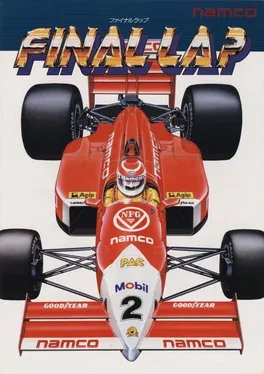
Final Lap is a racing video game produced by Namco,[2] and released by Atari Games for the United States in 1987. It was the first game to run on Namco's then new System 2 hardware, and is a direct successor to Namco's two earlier Pole Position games (1982-1983). Final Lap was the first racing game to allow up to eight players to simultaneously race on the Suzuka Circuit, in a Formula One race. This was, at the time, considered a revolutionary feature and was implemented by linking together up to four two-player sitdown-style arcade cabinets.[2][3] It was also arguably the first racing game to implement "rubber banding" to ensure that less talented players were never too far behind the leader, a concept that would be taken much further by the Mario Kart series.[3] There was also a single player mode, in which the player's score was based on how far the car travelled until time ran out or if the player completed four laps (on default settings; the arcade operator can set the lap number to be as low as three or as high as six).
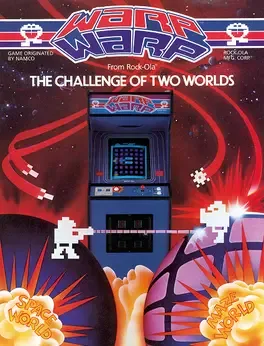
You control a monster fighter. A warp zone is set in the middle of the screen. Warp to the next level when flashing
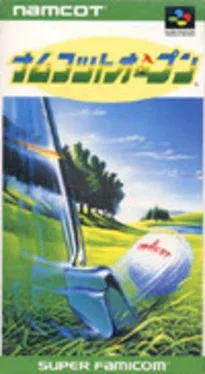
Namco Open is a Sports game, developed by TOSE and published by Namco, which was released in Japan in 1993.

A vertical-scrolling shoot 'em up that configures its difficulty to match the skill of the player. Final Blaster is a vertical scrolling shoot 'em up for the PC Engine. The player is part of squadron of fighters sent to save the world from an alien invasion. Final Blaster hosts a number of features that are distinct to the game: the first is a charge shot that resembles a phoenix and is the only form of projectile that can destroy certain larger enemies. The second is that the game configures its difficulty depending on how many power-ups the player has when finishing a level, or how often they've been destroyed. The game was unique to the PC Engine and did not see an international release outside of Japan. It came out on the same day as W Ring: The Double Rings, another shoot 'em up exclusive to the Japanese PC Engine.
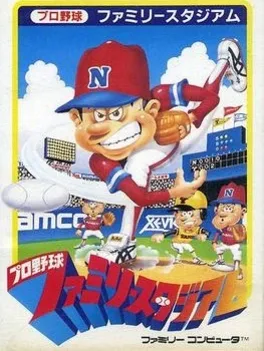
The first of the Pro Yakyuu Family baseball series. The game became the first console game of its kind to be licensed by the Major League Baseball Players Association (MLBPA) and used actual MLB player names, unlike other baseball video games of the late 1980s.
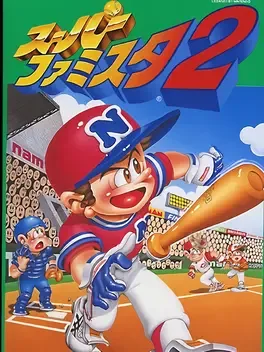
Super Famista 2 is a Sports game, published by Namco, which was released in Japan in 1993.
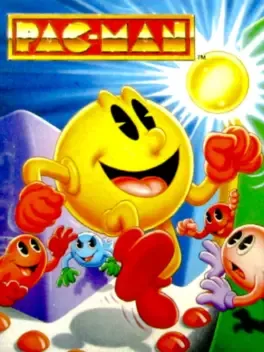
The Game Boy port of the arcade classic.
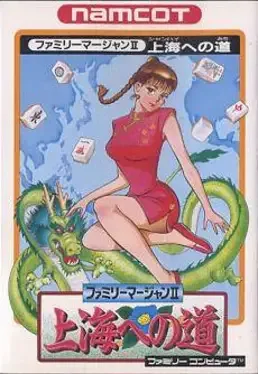
Family Mahjong II: Shanghai e no Michi is a Mahjong game released only in Japan for the Nintendo Famicom. Family Mahjong II: Shanghai e no Michi is a Mahjong game and the direct sequel to Family Mahjong. In addition to the standard Mahjong mode, there is a tournament mode with a slight RPG aspect to it, in that the player can enhance certain stats after winning games in order to increase their odds in future rounds of the tournament. The game is a one-on-one version of the game, less common in real-life Mahjong games but the standard for computer adaptations due to the reduced complexity of having only a single AI opponent. Nihon Bussan was responsible for Family Mahjong II's development and was at the time fairly well known for their Mahjong Arcade games.
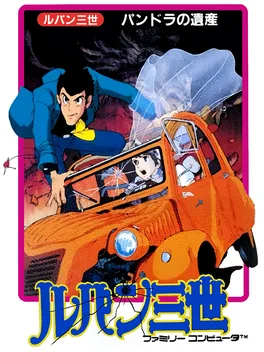
A Lupin III action game for the Famicom. It is based somewhat on the movie Castle of Cagliostro. The game was never released outside Japan.

Wagyan Land is an Action game, developed by Now Production and published by Namco, which was released in Japan in 1989.
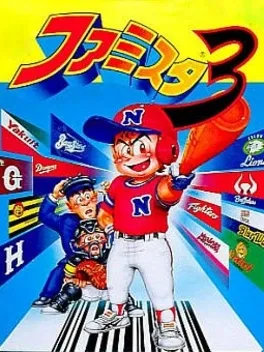
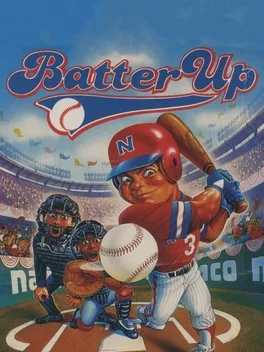
Batter Up is a baseball game for one or two players. It features a fictional "Namco League" consisting of 14 teams, each with their own player roster, with different players having their own strengths and weaknesses.
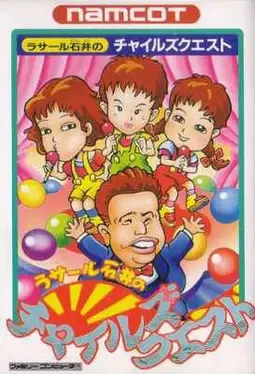
LaSalle Ishii no Child's Quest is a Role-Playing game, developed and published by Namco, which was released in Japan in 1989.
